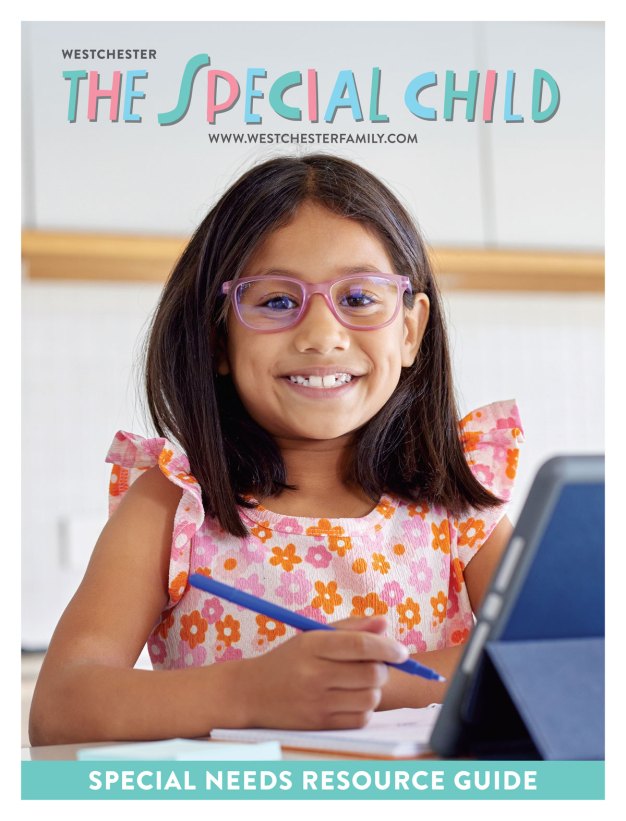Dogs are part of the family, and every canine caretaker wants their pet to be happy and healthy. Doesn’t man’s best friend deserve the best food? But the array of dog food available is dizzying. Purina alone produces more than a dozen different brands. Pet food commercials, claims on packaging and Internet exposés yield confusion, fear or exasperation among pet owners.
Convenience, budget and time all play a role. Wet food may become unsafe if left out for longer than 30 minutes, so the owner who needs to “feed and run” may opt for kibble. The advantage of wet food is that it provides moisture; if using dry, be sure to also keep the water bowl full.
Commercial vs. homemade is another decision primarily dictated by the amount of time you can (or want) to spend on pet care. Most commercial brands meet basic safety guidelines and are fortified with vitamins and minerals. Look for one that is certified nutritionally complete by the Association of American Feed Control Officials (AAFCO). Joseph Wakshlag, DVM, PhD, Diplomate of the American College of Veterinary Nutrition and Associate Professor of Clinical Nutrition at Cornell University’s College of Veterinary Medicine, notes, “For the average healthy dog with few medical problems, the AAFCO approval on a pet food bag provides assurances that the food is appropriate and will not result in any deficiencies in general.”
Wakshlag adds that not every pet food works with every pet. “It’s important to talk to your vet, particularly as pets get older and medical conditions arise.” Genetics, age, environment, activity and medical history all play a role in determining needs.
Veterinary Technician Paula Roslin notes that many new companies have been popping up that claim to provide a healthy diet for dogs, but consumers should remain cautious. “Established companies such as Purina, Hill’s and Royal Canin have put in years of research to determine exactly what the dog needs.” She recommends – and uses for her own pets – Royal Canin, which designs a specialty diet for each breed. It may cost more than others, but Roslin says, “it’s worth it, because you will be saving a lot on heartache and medical bills.”
Apart from disease prevention, there are other reasons for choosing dog food carefully. One Science Diet and Royal Canin fan exclaimed, “it’s worth the price for less gassy dogs!” Jordana Silverstein, a Pleasantville-based dog trainer, notices that, “dog food will play a big part in a dog’s behavior.” She has found a diet free from artificial additives can help calm dogs with fear-based anxiety. Silverstein supplements the meals of her own dogs with small portions of human foods that are rich in vitamins, minerals, antioxidants and omega rich oils.
Dog Food Trends
With regard to a raw diet, proponents say that providing food in its natural, unprocessed state boosts immunity, decreases inflammation and makes a dog’s coat and teeth shinier. But Silverstein points out that there are also dangers involved, from bacterial contamination (spreading from your dog’s muzzle or paws to other family members) to a choking hazard or even bowel obstruction.
Brian J. Green, DVM, of the Sleepy Hollow Animal Hospital adds, “Raw foods are usually fine to feed, but hygiene is imperative.” He also notes that there is no valid science behind the recent grain-free trend. Despite claims of being more “hypoallergenic”, he finds that dogs are just as likely to be allergic to meat and vegetable proteins.
For pet owners interested in getting closer to the source, Karen and Don Gotimer, Katonah residents, run a fresh dog food delivery service though Pet Wants, an Ohio-based company that manufactures dog food monthly in small batches. Because the food doesn’t sit on the store shelf, Pet Wants claims its product retains full nutritional value. Under the supervision of pet nutrition specialists, they produce a proprietary blend of dry dog food made from whole food ingredients and supplemented with vitamins, minerals, pre- and probiotics.
Keep It Simple
Dr. Green counsels clients to feed their dogs like they feed themselves. Look at the contents on the label. His rule of thumb is, “If the ingredients sound wholesome, then it is probably a good food for your dog.” Familiarizing yourself with the scientific names of vitamins and minerals (which you do want) will help prevent confusing them with non-nutritive additives (which you don’t want).
Choose foods that list any meat, fish or poultry first. Ingredients are listed in order of preponderance and an excess of fillers yields an excess of waste. Above all, find a food that fits in your budget and works with your lifestyle – without guilt! Limit treats (just like in humans, they crowd out necessary nutrients) and reward your dog with love instead.
Elisa Bremner, RDN, is an Armonk-based freelance writer. A former foster dog carer, she currently works as a Nutritionist for humans and “personal chef” for one cat and three chickens.
Don’t Feed the Animals!
Dogs are not four-legged humans, so be careful what’people food’ you give them.
These foods may be dangerous for dogs.
Alcohol
Chocolate
Coffee
Garlic, including foods cooked with garlic
Grapes & Raisins
Macadamia Nuts
Milk & Dairy
Resources
Dog Food Advisor provides reviews and ingredient information on the ever-growing choice, free alerts on recalls, and a dog food calculator, to help you determine the amount of food to give your dog. dogfo
Pet Wants Northern Westchester comes to the Bedford Hills Community Market (Saturdays) every other week, the new Port Chester Farmers Market (Sundays), and will deliver a free sample (within delivery area) upon request. petwa












